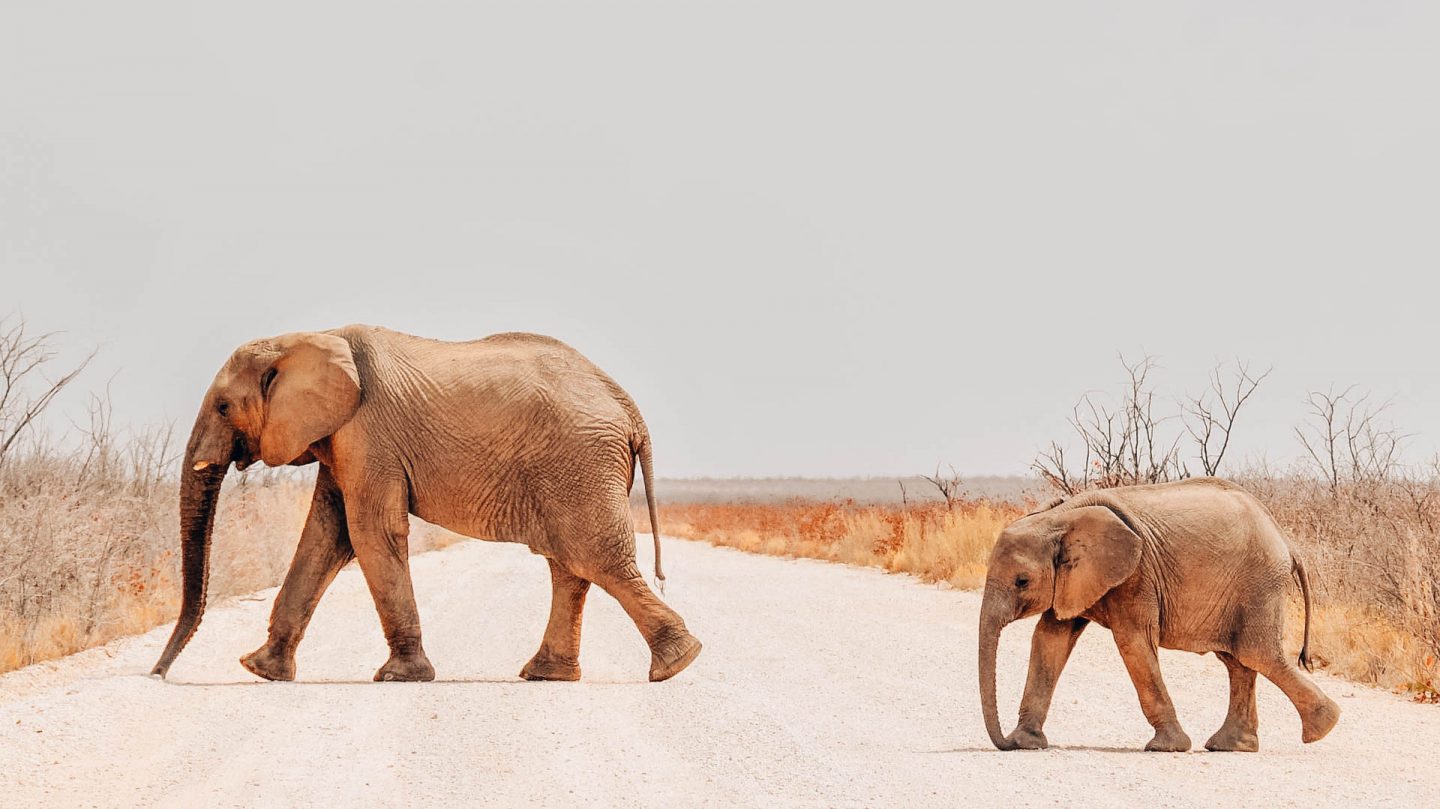A British wildlife photographer has captured close-up images of some of the world’s most elusive carnivores
[This article was written for Barcroft Media and published in The Telegraph, The Guardian, The New York Post, and The Mirror]
With a combination of camera traps – and a lot of patience and planning – Will Burrard-Lucas managed to capture hyenas, lions, and leopards in the Namibia region of the Kavango Zambezi Transfrontier Conservation Area (KAZA).
Will undertook the three-month assignment in the summer of 2015 for World Wildlife Fund (WWF), with an aim to obtain high-quality images of elusive animals, some of which having only ever been photographed on research cameras.
The 32-year-old said: “I teamed up with WWF to try and get high-quality photographs of study subjects.
“However, it quickly became apparent that this was not going to be easy, as the carnivores are extremely elusive and hard to see. I spent two weeks in Namibia trying to find and photograph them but didn’t catch a glimpse of a single one.
“Many live outside national parks, in areas where they are hunted or come into conflict with local communities. The only way they survive is to be very secretive and avoid humans at all cost. This made finding them to photograph extremely difficult.
“Camera traps were my only option for photographing them. This meant I had to try to predict where the animals would go so I could position my traps in the right places. Fortunately, WWF’s research helped a lot with this.”
Working closely with WWF scientist, Lise Hanssen, who has been studying carnivore distributions in the area, Will was able to identify several promising sites for his traps.
“I relied on Lise’s research and expertise to identify several promising sites for my Camtraptions camera traps,” he said.
“At the end of my trip, I left my cameras in place so they could continue working for a further ten weeks.
“The aim was to obtain beautiful images that could be used to illustrate the abundance of wildlife in the area. Once people see what is there, they will understand how much there is to lose if it isn’t adequately protected.”
The traps were located both inside and outside of the national parks.
Over the following weeks, Will’s camera traps started to capture images of the key species he was after including leopards, hyenas, and even a serval cat.
He said: “Of course, my traps also photographed many other creatures.
“One trap, in particular, positioned near a waterhole in the Mashi Conservancy, captured an incredible number of animals including elephants, giraffes, eland, wildebeest, and bush pigs.
“It also took thousands of photos of guineafowls. In fact, I estimate that I had ten images of guineafowls for every other animal photographed.
“Sorting through them all took quite a while!”
One of the biggest challenges that Will faced during the project was photographing the lions.
He said: “These cats spend much of their time outside the national parks and are extremely shy.
“Even Lise from WWF has never seen them other than on her research cameras. I set up two camera traps near waterholes that the lions sometimes visit.
‘In the three months that my traps were operating, the lions passed by twice, resulting in some very rare shots of these secretive big cats.”
For more information about Will Burrard-Lucas’ expedition and images please visit his blog: http://blog.burrard-lucas.com/2016/02/wwf-assignment-rare-camera-trap-images/
To view the full set of images, visit: http://www.barcroft.tv/will-burrard-lucas-hidden-camera-traps-elusive-african-wildlife

